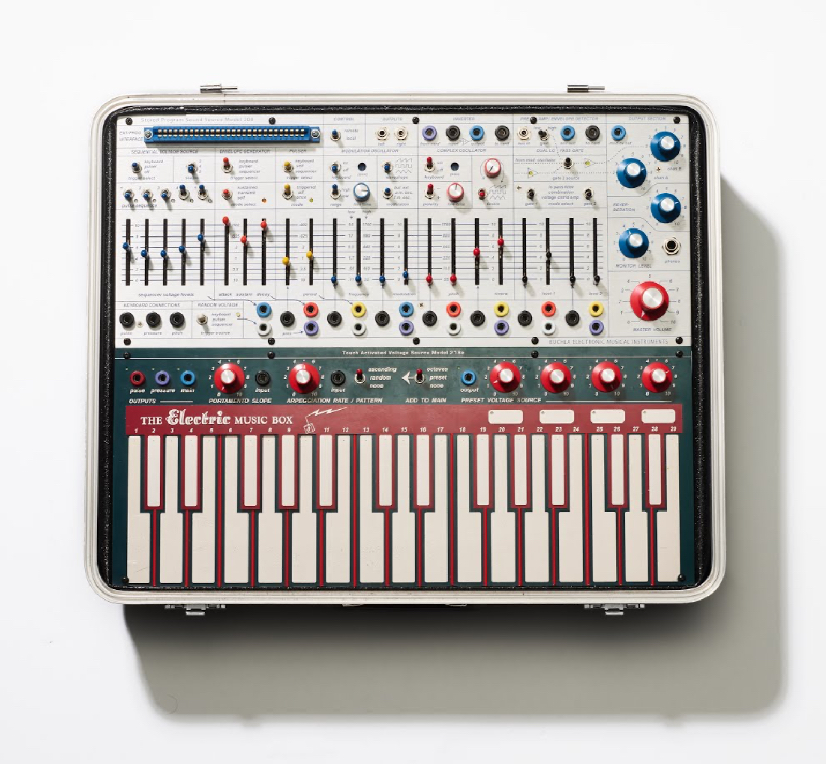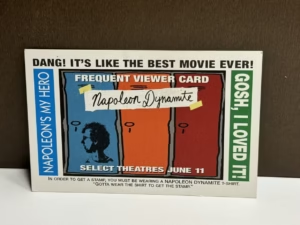The Buchla Music Easel is more than just a synthesizer; it’s a gateway into an entirely different way of thinking about and creating music. Developed by Don Buchla in the early 1970s, the Music Easel stands out as a cornerstone of experimental and avant-garde music. Its design, philosophy, and sonic capabilities continue to inspire musicians and sound designers worldwide, making it a beloved instrument for those seeking to explore uncharted sonic territory.
Don Buchla and the Vision of West Coast Synthesis
Don Buchla, a pioneer in electronic music, approached synthesis from a distinctly different perspective compared to his East Coast counterpart, Bob Moog. While Moog’s synthesizers were rooted in traditional Western musical structures, Buchla’s instruments sought to break free from these conventions, encouraging users to explore sound as a raw material rather than a means to replicate acoustic instruments.
The Music Easel was a manifestation of this philosophy. Compact, portable, and packed with potential, it allowed musicians to delve into the abstract and the unfamiliar. Unlike traditional keyboards that map sound linearly, the Music Easel invited users to think in terms of waves, modulations, and interactions. It was, and still is, an instrument for the adventurous.
The Original Music Easel: A Revolutionary Design
Released in 1973, the original Buchla Music Easel combined two key components: the 208 Stored Program Sound Source and the 218 Touch Controlled Voltage Source. Together, these modules created an ecosystem of sound generation and control that was both intuitive and endlessly deep.
208 Stored Program Sound Source
The 208 module was the heart of the Music Easel. It provided a complex oscillator and modulation capabilities, as well as a unique feature: the ability to “store” program settings using physical sliders and patch points. This modular approach allowed users to experiment with patch configurations and save their work for later exploration.
218 Touch Controlled Voltage Source
The 218 module introduced a revolutionary touchplate interface, replacing traditional piano keys with a pressure-sensitive surface. This innovative design allowed users to control pitch and modulation through touch, creating a more organic and tactile connection with the instrument.
Together, these components provided unparalleled flexibility and creativity. The Music Easel was not about emulating existing sounds; it was about inventing entirely new ones.
The Buchla Sound: A Unique Sonic Palette
The Music Easel’s sound is as distinctive as its design. Buchla’s oscillators, with their emphasis on wavefolding and harmonic richness, produce tones that are simultaneously complex and captivating. Paired with the instrument’s ability to manipulate these sounds through envelopes, sequencers, and voltage-controlled filters, the Music Easel offered a palette unlike anything else available at the time.
The instrument’s emphasis on timbral variation rather than pitch and harmony made it a favorite among avant-garde composers and experimentalists. Artists like Suzanne Ciani, Morton Subotnick, and Kaitlyn Aurelia Smith have all embraced the Buchla ethos, using its unique capabilities to push the boundaries of what music can be.
The EMBIO Module and the Modern Music Easel
Fast forward to today, and the Buchla Music Easel remains as relevant as ever. Buchla USA, under the guidance of the Buchla family and other collaborators, has reimagined the instrument for contemporary users while preserving its original spirit. The Electric Music Box Input/Output (EMBIO) module exemplifies this approach, enhancing the Music Easel’s functionality without compromising its legacy.
The EMBIO module introduces new features such as MIDI connectivity, USB integration, and expanded memory for stored patches. These updates make the instrument more accessible to modern musicians while maintaining its commitment to exploration and experimentation.
Moreover, the modern Easel retains the iconic touchplate interface and patchbay, ensuring that the tactile, hands-on experience of sound design remains central to its use. For many musicians, this combination of old and new represents the perfect balance between tradition and innovation.
The Music Easel in Contemporary Music
In recent years, the Buchla Music Easel has experienced a resurgence in popularity, driven by a growing appreciation for modular synthesis and experimental soundscapes. Artists across genres have embraced the Easel’s capabilities, integrating its distinct textures into everything from ambient music to electronic pop.
Suzanne Ciani
A longtime advocate of Buchla instruments, Suzanne Ciani has used the Music Easel extensively in her performances and recordings. Her ability to harness the Easel’s potential for creating dynamic, evolving soundscapes has cemented her reputation as a pioneer in electronic music.
Kaitlyn Aurelia Smith
Kaitlyn Aurelia Smith’s work is another shining example of the Easel’s influence in modern music. Her albums often feature the instrument as a central element, blending its organic tones with her vocals and layered compositions to create lush, otherworldly atmospheres.
Experimental and Live Settings
Beyond the studio, the Music Easel has proven itself as a powerful tool for live performance. Its compact design and intuitive interface make it an ideal instrument for improvisation, allowing artists to manipulate sound in real-time and respond to the energy of their audience.
Why the Music Easel Endures
The Buchla Music Easel’s enduring appeal lies in its unique combination of design, philosophy, and sound. It’s not just an instrument; it’s a way of thinking about music and sound that challenges conventions and encourages innovation.
Tactile Interaction
At its core, the Music Easel is about connection—between the musician and the instrument, between sound and space, and between tradition and experimentation. The touchplate interface and patchbay invite users to engage with the instrument physically, making every interaction a part of the creative process.
Philosophical Freedom
Buchla’s emphasis on sound as a material to be shaped rather than a fixed entity resonates deeply with artists who value exploration over replication. The Music Easel embodies this ethos, offering an open-ended platform for sonic discovery.
A Community of Creators
The Music Easel has also fostered a vibrant community of users who share a passion for pushing boundaries. Forums, workshops, and social media groups dedicated to Buchla instruments provide spaces for collaboration and inspiration, ensuring that the spirit of innovation continues to thrive.
Conclusion: The Music Easel’s Legacy
The Buchla Music Easel is more than just a piece of musical equipment; it’s a testament to the power of imagination and the pursuit of new ideas. From its origins in the 1970s to its modern iterations, it has remained a beacon for those who dare to venture beyond the familiar.
For fans of experimental and avant-garde music, the Music Easel is a symbol of what’s possible when technology and creativity intersect. Its enduring relevance proves that great instruments are not just tools but catalysts for inspiration, capable of shaping the future while honoring the past.
In the words of Don Buchla himself: “Instruments should be as interesting as the music they make.” The Buchla Music Easel is living proof of that philosophy, standing as both a relic of a groundbreaking era and a bridge to the uncharted sonic landscapes of tomorrow.
No comments yet.







